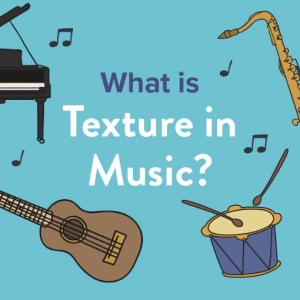Piano Music Learning: An Introduction to Chord Notation
Building on our last lesson in chord structures, we now turn to a key aspect of piano music learning: chord notation. Learning to read and understand chord notation is essential for performers, arrangers, and composers alike. In this guide, we’ll explore how chords are written, interpreted, and function in music—particularly within the context of simplified sheet music, lead sheets, and harmonic analysis.
Understanding Chord Notation
Chord notation acts as a shorthand for representing harmony, making it especially useful in genres like pop, jazz, and simplified classical arrangements. There are two main systems used in piano music learning: functional notation and letter notation.
1. Functional Notation
This method uses Roman numerals to represent the scale degree of a chord’s root note within a key. Since this system is key-dependent, identifying the key signature is a prerequisite.
Benefits include:
l Clear illustration of harmonic relationships
l Easier transposition across keys
Here’s how it maps out in both major and minor keys:
| Scale Degree | Major Key | Minor Key |
| 1 | I | i |
| 2 | II | ii |
| 3 | III | iii |
| 4 | IV | iv |
| 5 | V | v |
| 6 | VI | vi |
| 7 | VII | vii |
2. Triads
Each triad consists of a root, a third, and a fifth. Their quality—major, minor, augmented, or diminished—affects how they’re notated.
| Structure | Major Key Notation |
| Major Triad | I, II, III, IV, V, VI, VII |
| Minor Triad | i, ii, iii, iv, v, vi, vii |
| Diminished Triad | ° |
| Augmented Triad | + |
Example in C Major:
| Chord | Functional Notation |
| C Major (C-E-G) | I |
| D Minor (D-F-A) | ii |
| E Minor (E-G-B) | iii |
| F Major (F-A-C) | IV |
| G Major (G-B-D) | V |
| A Minor (A-C-E) | vi |
| B Diminished (B-D-F) | vii° |
Practicing these triads on real pieces helps reinforce your understanding. You can find well-labeled sheet music with triads on SheetMusicGo, where many beginner exercises are designed to support piano music learning.
3. Seventh Chords
Seventh chords include an additional note (the seventh) on top of the triad. Examples in C major might include:
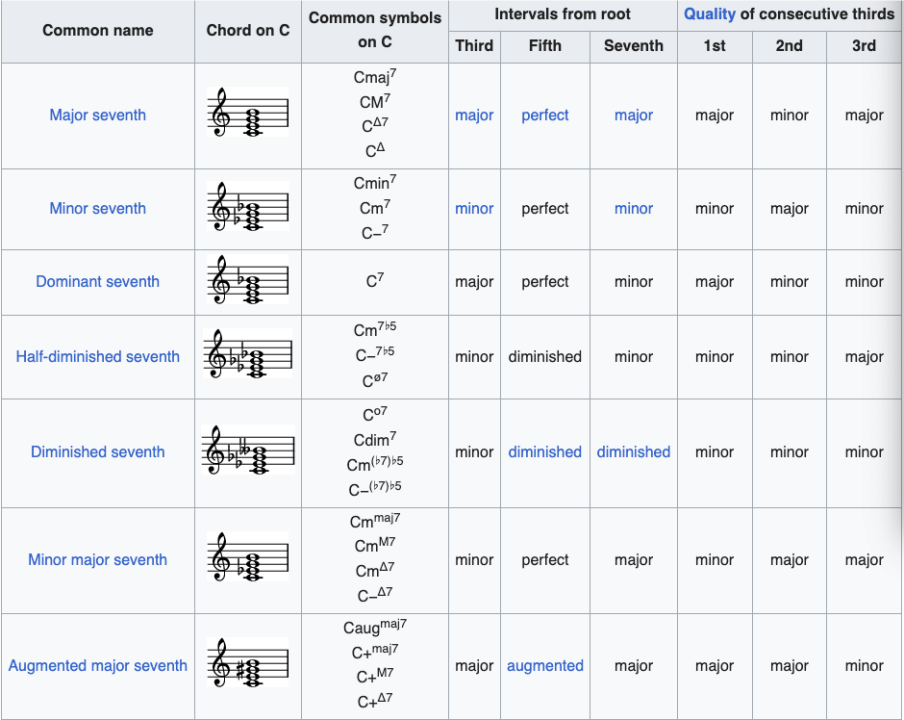
Example in C Major:

These chords add richness and are frequently found in free classical music as well as modern genres.
4. Primary Triads
Primary triads are central to harmonic structure:
l I (Tonic)
l IV (Subdominant)
l V (Dominant)
These form the backbone of most chord progressions, such as I–IV–V–I, common in both folk tunes and pieces by famous music composers like Mozart or Schumann.
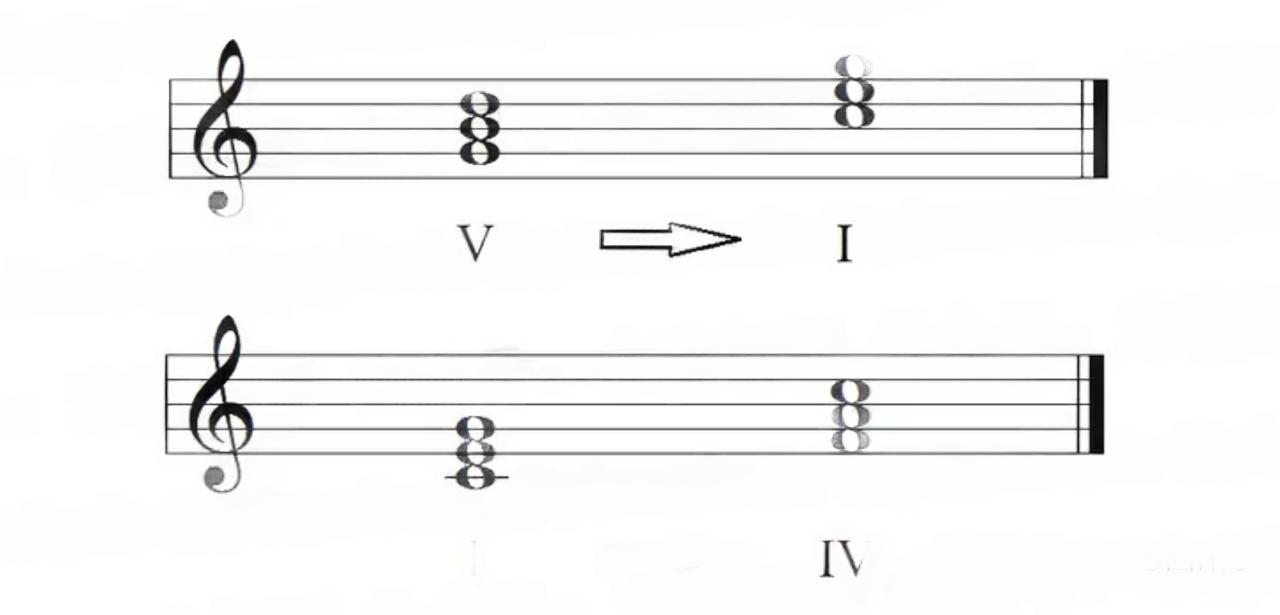
5. Dominant Seventh Chords
The V7 chord adds extra tension and is often used to resolve back to the tonic (V7–I). It’s one of the most recognizable sounds in tonal music—something you’ll hear in everything from nursery rhymes to the works of famous classical pianists.

6. Secondary Triads
These include chords built on ii, iii, vi, and vii. Though not as structurally important as primary chords, they add color and flexibility.
Two ways to use them:
1. Substitution: Replace primary chords with secondary ones sharing common tones



2. Ascending Fourths: Use progressions like ii–V, vi–ii, or iii–vi for smoother transitions
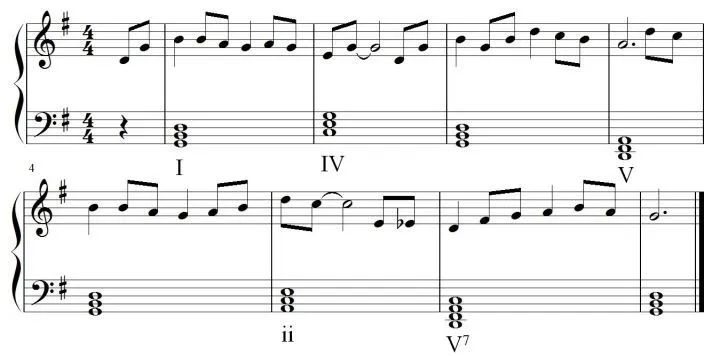
Songs like Red River Valley or Auld Lang Syne are great for practicing these. SheetMusicGo offers downloadable scores with secondary chord markings—ideal for hands-on piano music learning.
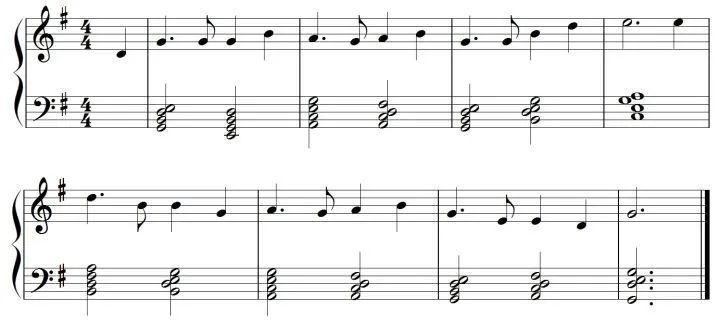
7. Chromatic Chords
Previously, we discussed diatonic chords. Now, let's look at chromatic chords. Chromatic chords appear to temporarily leave the original key but quickly return to it, creating tension and resolution.
Among chromatic chords, the most frequently used are secondary dominants and secondary dominant sevenths. These chords add an extra layer of richness to progressions by briefly implying another key. Secondary dominant sevenths, in particular, intensify this effect by adding a seventh to the borrowed dominant chord.
When harmonizing a melody, it's often effective to use these seventh chords to increase harmonic movement.
Secondary dominant sevenths are created by borrowing V7 chords from keys closely related to the home key. To find these related keys, refer to the Circle of Fifths. Here’s a portion of the circle surrounding C major:

In C major, you can borrow V7 chords from the following five nearby keys:

1. G major’s V7 → G7: This becomes C major’s DD7 (dominant of the dominant seventh).
2. F major’s V7 → C7: This becomes C major’s SD7 (subdominant of the dominant seventh).
3. A minor’s V7 → E7
4. E minor’s V7 → B7
5. D minor’s V7 → A7

Each of these borrowed chords introduces accidentals that follow the rules of the key they’re borrowed from. When borrowing from minor keys, use the harmonic minor scale to avoid duplicating existing diatonic sevenths.
These five chords can be labeled in two ways:
1. By their functional role in the borrowed key
2. By their scale degree in the original key
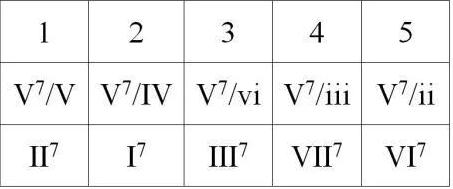
When used, secondary dominant sevenths should resolve directly to the tonic of their temporary key target, reinforcing the tonal shift before returning home.
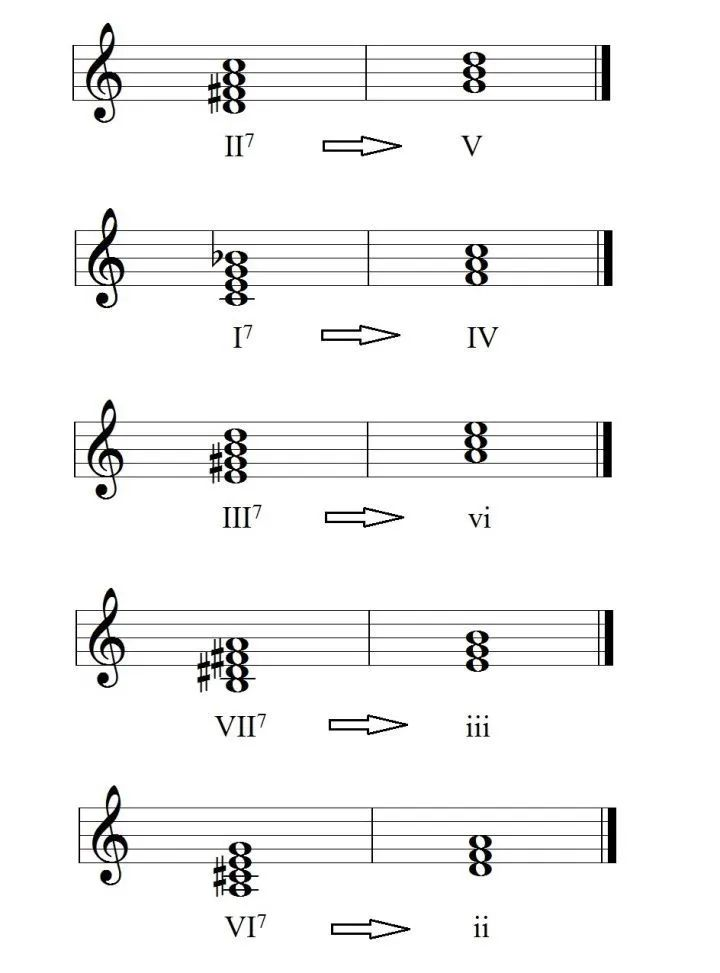
In A minor, you can apply the same method and borrow V7 chords from five surrounding keys:

1. E minor’s V7 → B7 (A minor’s DD7)
2. D minor’s V7 → A7 (A minor’s SD7)
3. C major’s V7 → G7
4. G major’s V7 → D7
5. F major’s V7 → C7
These chords mirror those from C major, but serve a different function in the A minor context.

Another well-known chromatic chord is the minor subdominant (iv) in major keys. This chord alternates between major and minor character and can replace the usual IV chord:
iv–I progressions are frequently used to create a plagal cadence (sometimes called the "Amen cadence") and can be found in many traditional and liturgical pieces.

There’s also the secondary subdominant, a chord borrowed from a related subdominant key. Though used less frequently, it serves as a valuable tool for color and variation.
8. Letter Notation
While functional notation relates to the key, letter notation spells out chords using their root names—making it more universal and independent of key context.
Advantages:
l Easy to read and perform directly on instruments
Disadvantages:
l Not ideal for transposition, as each chord must be re-identified in the new key
Common letter symbols:
| Chord | Letter Notation |
| C Major | C |
| D Minor | Dm |
| E Minor | Em |
| F Major | F |
| G Major | G |
| A Minor | Am |
| B Diminished | Bdim |
9. Special Chords
Neapolitan Chord (N): Also referred to as the ♭II chord, this major chord is built on the lowered second scale degree. Commonly used in first inversion, it typically resolves to the dominant.

Cadential Six-Four (K46): A second inversion tonic triad used just before the dominant to strengthen cadences. It often resolves in the progression: K46 → V → I or K46 → V7 → I.

By learning to recognize and use these chord types and notations, musicians can deepen their theoretical understanding and strengthen their piano music learning journey. For hands-on examples using all these chord types, visit SheetMusicGo to explore annotated sheet music drawn from the works of famous music composers and interpreted by famous classical pianists. It’s a perfect way to see theory in action—and hear it too.


